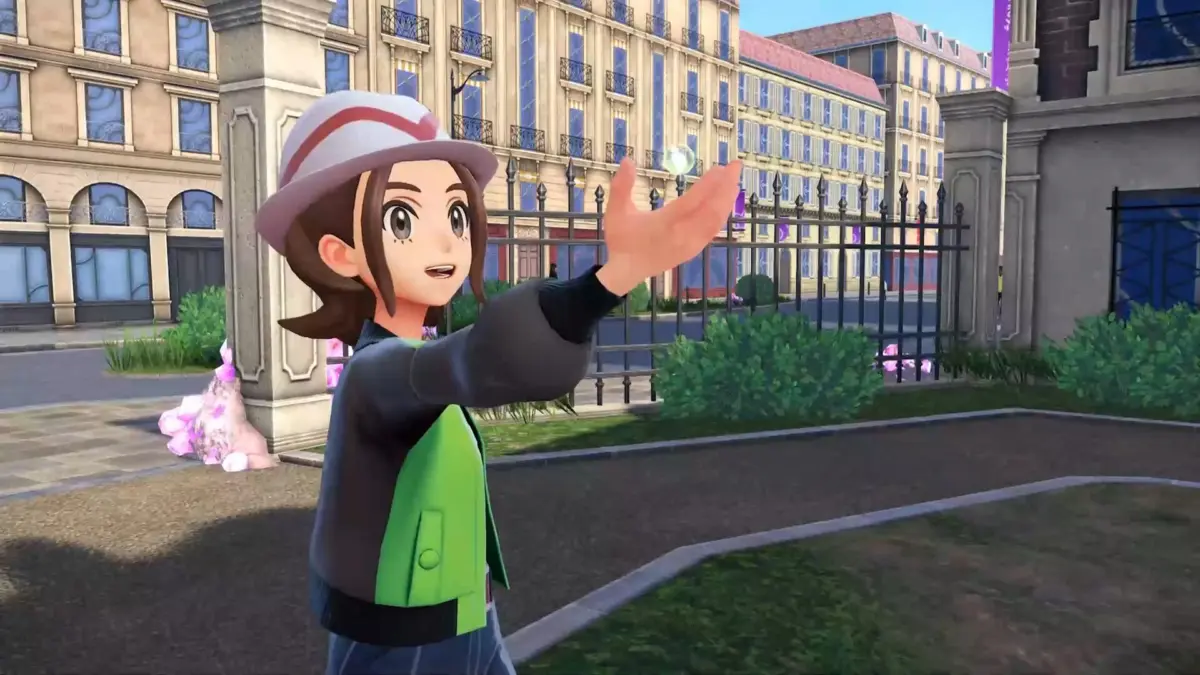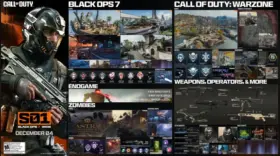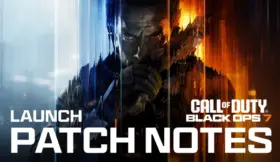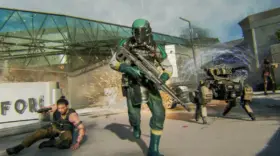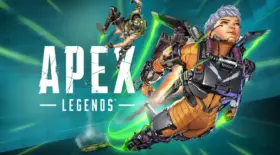The Pokemon series has expanded to include a mind-boggling amount of titles within it, but one thing that it’s often infamous for is how little these games differ mechanically. You can play Red and Blue from 1996 then jump straight into Sword and Shield from 2019 and most of the mechanics, and much of the rhythm will remain intact.
However this has been changing ever so slightly. 2022’s Legends: Arceus Scarlet and Violet experimented with an open world structure and, in the case of the former, some alterations to its previously sacred battle system.
Those changes continue in the newly released Pokemon Legends ZA and the result is an experience that’s very different to the one Pokemon players know. That’s very exciting, but it might also leave some fans of the series unsure of how they should approach it differently compared to usual.
Below we put together a handy guide to get you started, including the Pokemon Legends ZA best starter, as well as mastering the battle systems.
What is the Best Starter in Pokemon Legends ZA
In recent Pokemon games, the starter that you choose is ultimately subjective and doesn’t make an enormous amount of impact on the difficulty of the game. In earlier titles, like Red and Blue or Gold and Silver, this choice could have a significant impact on how smoothly you coasted through the early game – for example, Brock’s rock types were much more of an obstacle for Charmander than for Bulbasaur or Squirtle.
However, in Legends: Z-A, the revamped, more real-time battle system means that some starters will have an easier time than others. Specifically, Tepig seems like the best way to go due to its well-rounded stats, featuring solid attack and defence whilst also having enough HP to withstand a fair amount of damage.
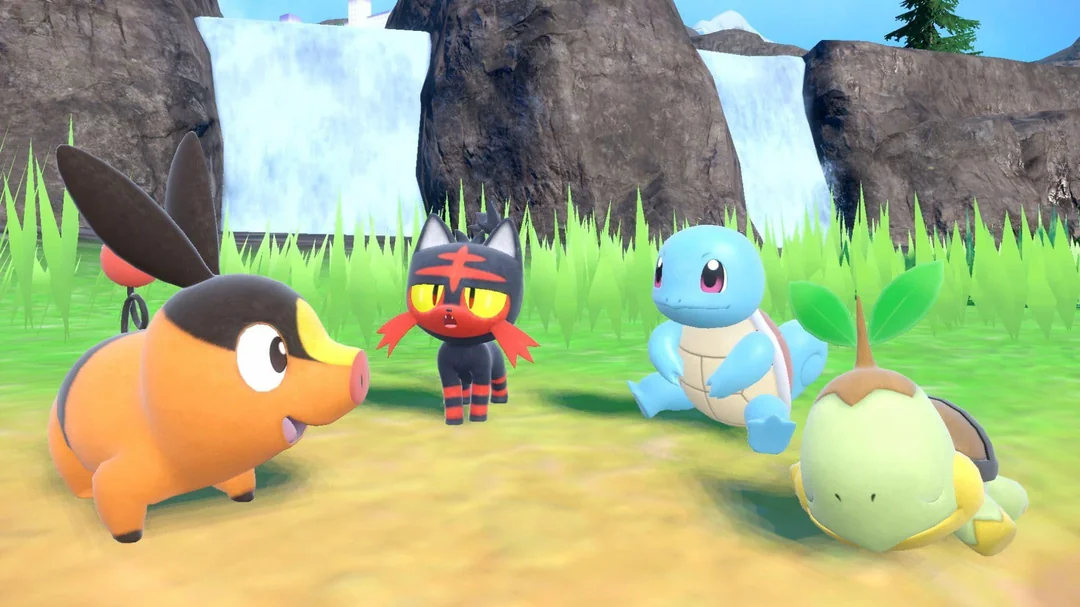
If you’re struggling to get to grips with how much more involved and fast-paced the battles are, having the simple cushion of more health can make a lot of difference to your patience.
Pokemon Legends ZA Battle System Changes
One of the more drastic changes that’s brought about by this shift in the battle system is the role that your player character takes. Far from the distant overseer of previous Pokemon games, your character is now directly involved in battles and will be targeted by enemy Pokemon – especially if you don’t have any of your own roaming with you when you find yourself in an aggressive encounter.
This means that Legends ZA implements a mechanic that will be very familiar to fans of the Souls series – a dodge roll. Of course, your Pokemon will also be a target, which makes it important to get to grips with how exactly they follow you when you move, so that you can better place both of you out of harm’s way in the middle of a battle.
With The Pokemon Company apparently looking to branch the series off with multiple spin-offs alongside the main generations – according to Gen 10 leaks – these deviations in combat should be seen less as a marked, permanent shift in how Pokemon games will progress, and more as an experiment.
Going in with that mentality might help die-hard fans of the series be more forgiving and curious about the differences this game presents.
Withdrawing Pokemon as a Strategy
To veterans of the franchise, there are a lot of mechanical shifts that can feel hard to wrap your head around.
In the old, turn-based battle system, if there wasn’t a Pokemon out, there was no combat. However, now, in a shift towards a gameplay style that’s more akin to action RPGs, your primary concern in battle is avoiding attacks.
That makes withdrawing your Pokemon a great opportunity to avoid some massive AoE attacks, that are the favourites of some of the rogue Legends ZA Mega Evolution bosses that you’ll fight later on in the game.
Additionally, due to the fast-paced nature of play, recognising that withdrawing Pokemon and switching them out is a much more opportunistic strategy than it was before, where it usually came with the cost of a free hit for your opponent.
Pokemon Legends ZA Open World Structure
While Pokemon Legends Arceus already had an open-world structure, the scale of the map meant that you were still taking it a bit at a time. However, Lumiose City in Legends ZA is relatively small, and that means that the game becomes more about exploring this area in-depth, including on rooftops and in the various battle zones that open up.
It can be difficult to get used to the fact that basically the whole map is available to you right from the outset, and that might prevent you from engaging the game as it wants you to. While you can explore the whole map right away, upgrades you unlock as the game progresses will mean that a greater level of depth is opened up to you as you play.
Another thing that this open-world structure means is that progression is more freeform. You have missions to complete and can pick up side-quests from NPCs along the way
Lumiose City is a circular hub where you’ll be returning to the same spots again and again, meaning that it’s about chipping away at greater progress rather than linearly working towards a goal as has been the case in the past.
